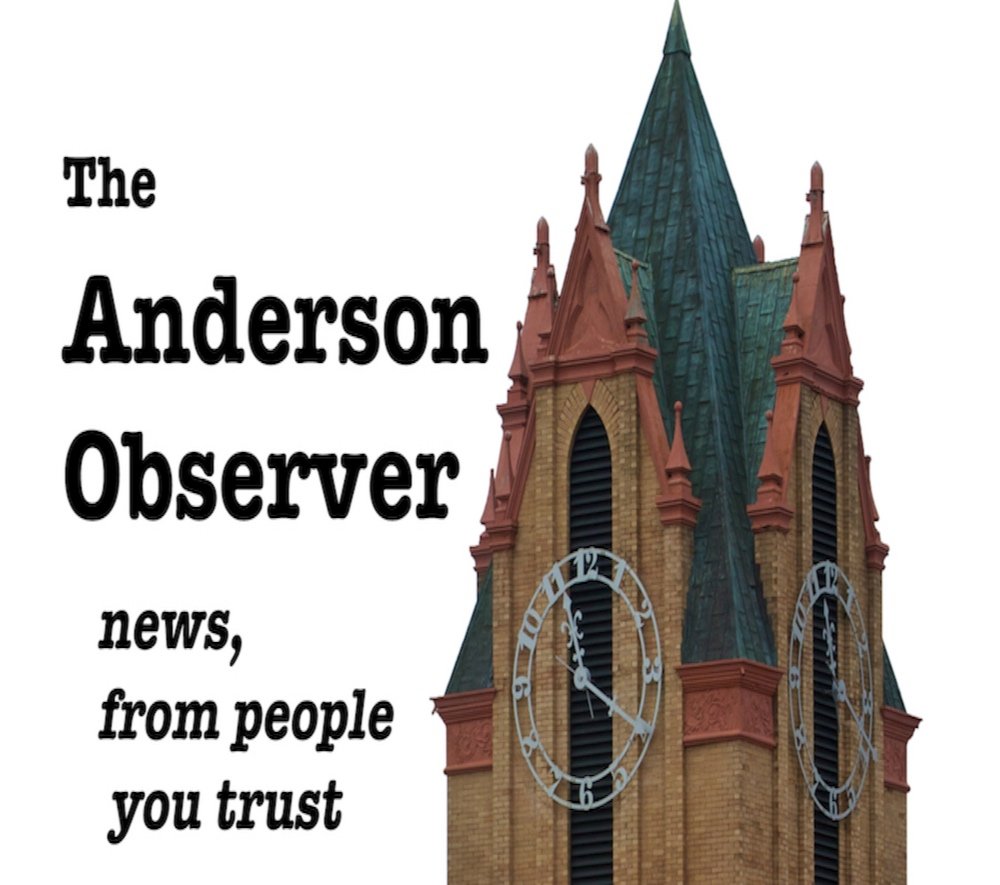Winter Solstice Celebrates with Heavenly Spectacles
Observer and Wire Reports
Today marks the Winter Solstice, the shortest day of the year.
Since June, days have grown shorter and nights have grown longer in our area. But that's about to reverse itself.
Today the sun appears at its most southerly position, directly overhead at the faraway Tropic of Capricorn. The situation is the reverse in the Southern Hemisphere. There, the December solstice marks the longest day of the year -- and the beginning of summer in places such as Argentina, Australia and South Africa.
Because the Earth is tilted on its rotational axis, we experience seasons here on Earth. As the Earth moves around the sun, each hemisphere experiences winter when it's tilted away from the sun and summer when it's tilted toward the sun.
Scientists are not entirely sure how this occurred, but they think that billions of years ago, as the solar system was taking shape, the Earth was subject to violent collisions that caused the axis to tilt.
Winter solstice traditions and celebrations are quite old. Decorated evergreen trees have roots that go back beyond the beginnings of Christianity to ancient Picts and Druids.
It's no surprise many cultures and religions celebrate a holiday -- whether it be Christmas, Hanukkah, Kwanzaa or pagan festivals -- that coincides with the return of longer days.
Ancient peoples whose survival depended on a precise knowledge of seasonal cycles marked this first day of winter with elaborate ceremonies and celebrations. Spiritually, these celebrations symbolize the opportunity for renewal, a shedding of bad habits and negative feelings and an embracing of hope amid darkness as the days once again begin to grow longer.
The UK's most famous site for solstice celebrations is Stonehenge. On the winter solstice, visitors traditionally have had opportunity to enter the towering, mysterious stone circle for a sunrise ceremony run by local pagan and druid groups.
Also tonight, Jupiter and Saturn will appear so closely aligned in our sky that they will look like a double planet. This close approach is called a conjunction. The 'Christmas Star' as Jupiter and Saturn come closer than they have in centuries and since it's happening just in time for Christmas, many are giving it the nickname of the "Christmas Star."
This year, the solstice is brighter yet, with the Ursid meteor shower on Friday and Saturday.
All should be vibrant in the clear Winter night sky.

